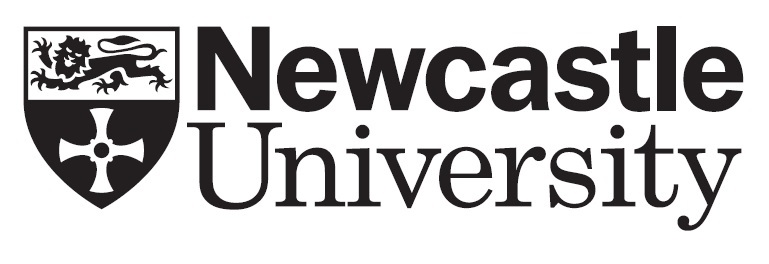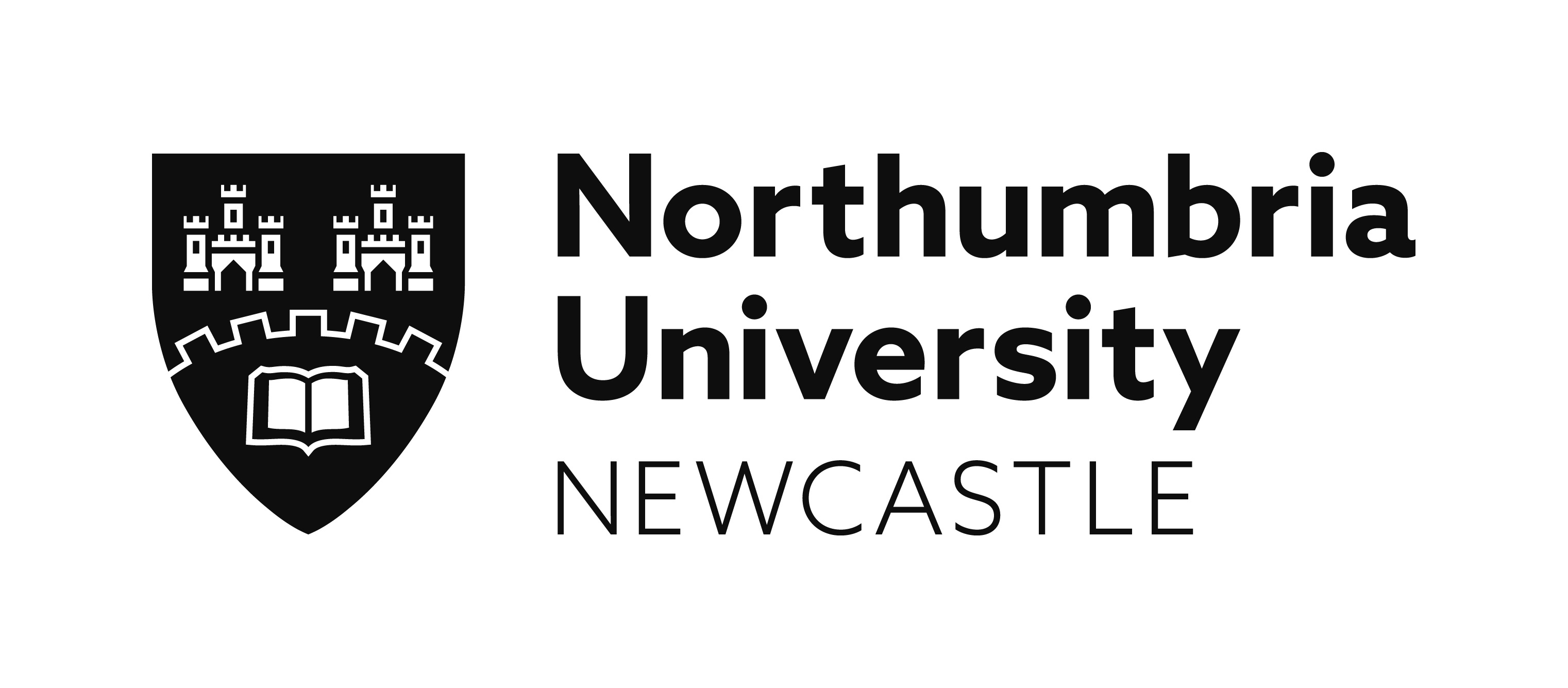The Real Price: Between art and the (art) market
Bill Balaskas, Kingston University, London
The global financial crisis of 2008 caused widespread political and social turmoil, whose consequences can still be felt around the world. Yet, as the Lehman Brothers investment bank was collapsing in New York in the early autumn of 2008, an auction of works by Damien Hirst in London was fetching more than $200 million. The fact that on the eve of the most severe economic crisis for eight decades a contemporary artist could make this amount of money raised important questions not only about the way in which the (art) market functions, but also about the way in which we evaluate culture at large. Today, a decade after the end of the Great Recession, art organisations and artists continue to struggle, while policymakers systematically overlook culture and art education. This session will explore the relationship between art and the economy in different historical periods and from diverse points of view. Topics addressed by the session’s contributors will include:
- Artworks as commodities: use and exchange values;
- The art circuit: economic actors and networks;
- Marketing and the spectacularisation of art;
- Contribution of culture to the economy;
- Artists’ productivity and subsistence;
- The artist as a businessperson;
- The value of cultural capital;
- Art’s reaction to economic crises;
- Depictions of marketplaces, transactions and enterprises in art;
- The role of patrons and collectors;
- Cultural policies and economic institutionalisation;
- Intellectual property;
- Art education, employability and the creative industries.
Joseph Gillott: A collector commodifying art in 19th Century Britain
Joshua Eversfield Jenkins (University of Edinburgh)
The True Value of Art: Investment returns using costs of production
Amy Whitaker (New York University)
Roman Kräussl (University of Luxembourg and Hoover Institution, Stanford University)
What’s in Anonymity? An Insight into the market for indeterminate works of art
Anne-Sophie V.E. Radermecker (Duke University (DALMI – Duke, Art, Law and Markets Initiative) and Université libre de Bruxelles (ULB))
Going Public: International art collectors in Sheffield
Ashley Gallant (Museums Sheffield)
Emerging Models for Emerging Practices: A gallerist’s perspective
James Gardner (John Cabot University, Rome and Frutta Gallery, Rome)
Telling Stories: Art and financial true crime
Monica Steinberg (The University of Hong Kong)
Click here to download this session's abstracts or view below
Joseph Gillott: A collector commodifying art in 19th Century Britain
Joshua Eversfield Jenkins (University of Edinburgh)
The collector and pen manufacturer Joseph Gillott (1799–1872) is probably best known as an early patron of J.M.W Turner. Yet, in addition to buying art for his own collection, he used paintings as an investment tool, regularly purchasing and re-selling works for profit, sometimes within days. Such speculative investment has parallels in today’s market, and in particular with a common practice known as ‘flipping’: the rapid buying and re-selling of art. The commodification of art that occurred in Britain during the 19th century has been treated by many eminent scholars from several viewpoints: art dealers, galleries, auction houses, critics and even from the perspective of the artist himself as a man of business. By contrast, this paper will analyse the commodification of art from the point of view of the collector; someone who was not a professional in the art world, but whose actions were similar to those of a dealer. The paper draws on numerous primary sources, including letters and telegrams from many of Gillott’s art dealers, in order to interpret Gillot’s practices and throw new light on the speculative nature of the art market in Britain during the mid-19th century. In doing so, it will expose a practice of using art, like stocks, as a mode of financial gain, rather than for aesthetic gratification.
The True Value of Art: Investment returns using costs of production
Amy Whitaker (New York University)
Roman Kräussl (University of Luxembourg and Hoover Institution, Stanford University)
Using unique data from the Archives of American Art, and the gallery and studio of the artist Frank Stella, we reconstruct investment returns on Stella’s art including the fully absorbed cost of production. This work addresses two core flaws in the analysis of art investment returns. First, we use archivally sourced primary market data instead of relying on public auction results. Second, we, for the first time, model the cost of production of the artist’s studio within investment returns. This work advances the field of art market studies by improving upon repeat sales and hedonic regression, while also considering the role of the artist as an early-stage investor in his or her own work. Stella’s studio operation is significant in scale, spanning multiple locations and fabrication partners as well as full-time staff. His studio records evidence humanity and artistic experimentation: his assistants were paid health insurance, and his artistic experimentation seems to have led to large balance changes in his bank account at different junctures. This process of including artists’ costs brings art investment analysis closer into line with formal financial valuation, while also honouring the dignity of artistic practice. In the process, we hope to raise important questions about the true financial value of cultural capital and the role of the artist as a businessperson.
What’s in Anonymity? An Insight into the market for indeterminate works of art
Anne-Sophie V.E. Radermecker (Duke University (DALMI – Duke, Art, Law and Markets Initiative) and Université libre de Bruxelles (ULB))
In a star-system ruled by the quest for the artist’s name, what about the works of art whose authors have not survived the test of time? A large proportion of the market is actually concerned with indeterminate works. This is notably the case of old master paintings and drawings, medieval sculptures, antiquities, African arts, but also decorative arts and furniture that are traded on a regular basis. More specifically, on the market for Flemish paintings, the artist’s name is a significant parameter that influences the buyer’s decision, with some blue chip old masters performing as premium brand names, exactly as do several modern and contemporary artists. But more importantly, it is not only historical names which are of paramount importance in the art market, but also all the other identification strategies exploited by art market stakeholders to label anonymous paintings. Those are nothing but marketing strategies used to increase the value of indeterminate works. Indirect names, provisional names, and spatio-temporal designations operate as real labels and name substitutes that simulate identities and create information content around the art pieces put up for sale.
Going Public: International art collectors in Sheffield
Ashley Gallant (Museums Sheffield)
‘In its twenty-two years of life […] the Graves Art Gallery’s principle occupation has been that of turning a private collection (that is, the Graves Gift), into a public collection.’ (Graves Gallery, Recent acquisitions catalogue, 1955). With many public collections having no acquisitions budget, the role of private individuals continues to be essential to the development of public collections. In 2015, Museums Sheffield delivered a city-wide project entitled ‘Going Public’ to explore the relationship between today’s private collectors/philanthropists and civic collections. Since the outset of the project, Museums Sheffield has worked together with twelve different private collections to realise nine exhibitions. This case study critically appraises the project, presenting key achievements and learning for the organisation and outcomes for audiences. We continue to explore how private and public relationships can be mutually beneficial. I will discuss how these collector relationships can be shared, whether the history of philanthropy in our civic collections encourages further giving, and if philanthropy can provide a way of re-reading and re-presenting our collections. The presentation will finish with a focus on an upcoming exhibition which takes a female collector and her family’s connections to the Graves Gallery and the city of Sheffield as a lens to display and present the collection in a way which is rooted within the city and the history of giving.
Emerging Models for Emerging Practices: A gallerist’s perspective
James Gardner (John Cabot University, Rome and Frutta Gallery, Rome)
Commercial galleries have traditionally been one of the main vehicles to support emerging artistic practices. However, in recent times there has been a plethora of closures of small and mid-size galleries, which have been attributed to the rising costs of rents, the dominance of the art fair, or simply the need to re-evaluate the business model of the commercial gallery. This presentation will discuss the problems, frictions and possible solutions to continue supporting emerging artists within the art market. What are the challenges emerging galleries face whilst advocating for emerging artists within a market which is increasingly driven by a handful of major established galleries? How can a commercial gallery re-interpret the inherited ‘model’, to engender productive change and foster more sustainable business models? Issues of scale, geography, adaptability and collaboration will be discussed in relation to alternative approaches to collaborating with artists and building a gallery programme to contextualise their work. Is the physical exhibition within the gallery still the prime way to support emerging practices? How has the rise of the art fair impacted emerging galleries’ ability to perform our prime role of exhibiting and supporting the work of a new generation of artists? Based on personal experience and drawing upon the views of artists and fellow gallerists, this presentation will chart the motivations many have for working with emerging art practices. Fundamentally it aims to answer two key questions: ‘Why do we do it?’ and ‘How can we continue to do it?’
Telling Stories: Art and financial true crime
Monica Steinberg (The University of Hong Kong)
It is not surprising when blue chip artworks are (in)advertently caught up in dubious financial activities. But, what role might art itself play in investigating and narrating the intricacies of financial crime? To consider a segment of creative practice instrumentalising art as a tool for researching global financial matters (tax fraud, money laundering, Internet scams), I propose looking to theorisations of true crime. True crime is a genre of storytelling comprising accounts of real events, the telling of which is shaped by the narrator. While previous discussions of true crime are limited to literature, film and radio/podcasts, I seek to broaden the field to also consider projects by artists sharing stories of global financial corruption through films, conferences, installations, drawings, books, photographs and websites. Artists such as Joana Hadjithomas and Khalil Joreige, Mark Lombardi, Andrea Fraser, Paolo Cirio, and Andreas Zingerle and Linda Kronman share stories of both global and institutional financial corruption. They conduct their own investigations, trace financial transactions and present material in an informative manner. Rather than simply responding to fraud, these artists investigate it, utilising an evidence-based approach, interpretative re-enactments and narrative devices. In an era of digital non-sites, these creative practices manifest a kind of crime scene for abstract and illicit endeavours, conveying both information and physicality in their telling of financial true crimes.
|
|
|
|
|
|
Supported by
Conference Sponsors
![]()
Sponsored by
ASSOCIATION FOR ART HISTORY
![]()
Terms & Conditions
![]()


